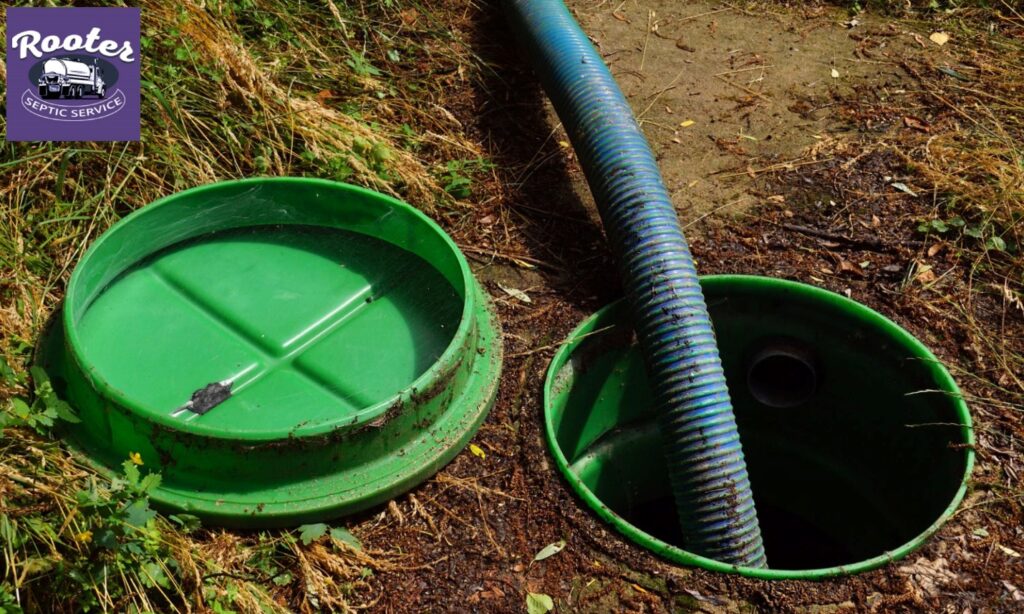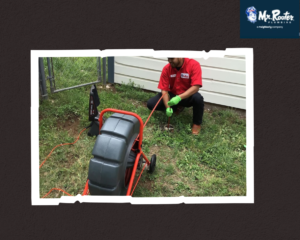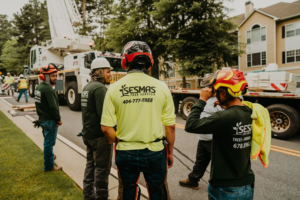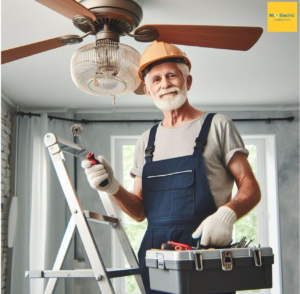Navigating The World Of Septic Tank Plumbing

Have you ever wondered how the wastewater generated in your household finds its way to the drainfield through the septic tank? Proper wastewater collection and treatment is made possible through a complex plumbing system in the septic tank. The plumbing system plays an essential role in safely and effectively managing wastewater, protecting both public health and the environment. In this blog post, Rooter Septic Services walks you through the intricacies of septic tank plumbing to help you understand how wastewater is processed through the septic tank. Rooter Septic Services is a professional septic company offering quality septic services, including septic tank installation, septic repairs, septic pumping in Lawrenceville, and many more. Read on to learn how septic tank plumbing works.
Septic Tank Plumbing Components
- Inlet Pipe
The inlet pipe serves as the entry point for wastewater from your home’s plumbing system. It is located at the bottom of the septic tank to allow solids to settle. The inlet pipe is usually equipped with a T-shaped fitting to prevent floating scum from entering the tank.
- Baffles
These are T-shaped or L-shaped structures positioned strategically inside the tank. Their function is to guide the flow of wastewater, thereby preventing solids from exiting with the effluent. They promote the settling of solids at the bottom and scum accumulation at the top.
- Outlet Pipe
As the name suggests, the outlet pipe carries the partially treated effluent out of the tank towards the drainfield. It is located at the opposite end of the tank from the inlet, typically positioned midway between the top and bottom. The outlet pipe is designed to prevent floating scum and settled solids from exiting with the effluent.
- Distribution Box
A distribution box is not always present in all systems, but it’s designed to evenly distribute effluent into the drainfield. It receives the effluent from the septic tank and channels it into multiple perforated pipes leading to different sections of the drainfield. The distribution box ensures balanced loading and prevents overloading of specific areas in the drainfield.
- Vent Pipe
This pipe extends from the tank to above the roofline. It plays a crucial role in preventing odors from escaping into your home. The vent pipe allows air to enter the septic tank, facilitating ventilation and preventing pressure buildup. Some systems might have separate vent pipes for the tank and the drainfield.
Signs Your Septic Tank Plumbing is in Disrepair
- Multiple slow-draining fixtures
- Sewage backing up into drains, toilets, or even flooding onto your property.
- Foul odors around the drainfield, near vents, or even inside your home.
- Puddles or overly damp areas near the drainfield.
Watch out for these signs and call Rooter Septic Services for septic tank plumbing repair if you notice any of them.
Rooter Septic Services is One Phone Call Away
If you rely on a septic system for wastewater treatment, you’ll need to have a professional septic company on speed dial just in case you need help. Rooter Septic Services is a top-rated septic service company that you can trust for all of your septic needs. From septic tank cleaning and septic repairs to septic pumping in Lawrenceville and septic maintenance, we’ve got you covered.




